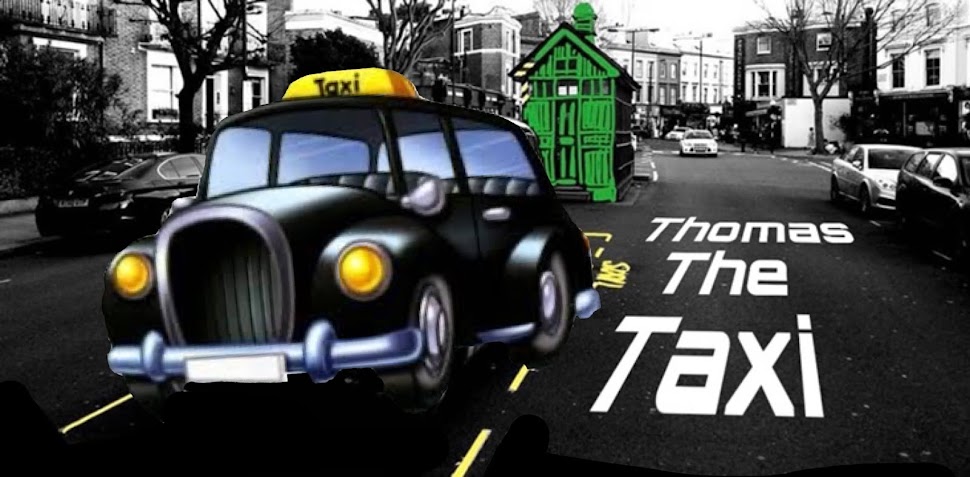This was an incident involving members of the Provisional Irish Republican Army and London's Metropolitan Police which lasted lasting 12 days, from 6 to 12 December 1975.
The siege ended with the surrender of the four IRA members and the release of their two hostages. The events were televised and watched by millions.
In 1974 and 1975, London was subjected to an intense 14-month campaign of gun and bomb attacks by the Provisional IRA. In one incident the Guinness Book of Records co-founder and conservative political activist Ross McWhirter was assassinated. He had offered a £50,000 reward to anyone willing to inform the security forces of IRA activity.
The four members of what became known as the "Balcombe Street gang", Joe O'Connell, Edward Butler, Harry Duggan and Hugh Doherty, were part of a six-man IRA Active Service Unit (ASU) that also included Brendan Dowd and Liam Quinn. Quinn had recently shot dead police constable Stephen Tibble in London after fleeing from police officers. The flat he was seen fleeing from was discovered to be a bomb factory used by the unit.
The Balcombe Street siege started after a chase through London, as the Metropolitan Police pursued Doherty, O'Connell, Butler and Duggan through the streets after they had fired gunshots through the window of Scott's restaurant in Mount Street, Mayfair.
They had thrown a bomb through the restaurant window a few weeks before on 12 November 1975, killing John Batey and injuring 15 others.
The Met's Bomb Squad had detected a pattern of behaviour in the ASU, determining that they had a habit of attacking again some of the sites they had previously attacked. In a scheme devised by a young detective sergeant, the Met flooded the streets of London with plainclothes officers on the lookout for the ASU, in what was known as Operation Combo. The four IRA men were spotted as they slowed to a halt outside Scott's and fired from their stolen car.
Inspector John Purnell and Sergeant Phil McVeigh, on duty as part of the dragnet operation, picked up the radio call from the team in Mount Street as the stolen Ford Cortina approached their position.
With no means of transport readily available, the two unarmed officers flagged down a taxi cab and tailed the men for several miles through London, until the IRA men abandoned their vehicle.
Purnell and McVeigh, unarmed, continued the pursuit on foot despite handgun fire from the gang. Other officers joined the chase, with the four IRA men running into a block of council flats in Balcombe Street, adjacent to Marylebone station, triggering the six-day standoff. Purnell was subsequently awarded the George Medal for his bravery. Several other police officers were also decorated.
The Balcombe Street Gang had carried out the majority of their attacks in London, Surrey, Hampshire and Wiltshire.
Between October 1974 and December 1975 they carried out approximately 40 bomb and gun attacks in and around London, sometimes attacking the same targets twice.
On 27 January 1975 they placed seven time bombs in London.
The siege
The four men went to 22b Balcombe Street in Marylebone, taking its two residents, middle-aged married couple John and Sheila Matthews, hostage in their front room. The men declared that they were members of the IRA and demanded a plane to fly both them and their hostages to Ireland. Scotland Yard refused, creating a six-day standoff between the men and the police. Peter Imbert, later Commissioner of the Metropolitan Police, was the chief police negotiator. Max Vernon, who was later chief negotiator of the Iranian Embassy siege was another of the police negotiators.
The men surrendered after several days of intense negotiations between Metropolitan Police Bomb Squad officers, Detective Superintendent Peter Imbert and Detective Chief Superintendent Jim Nevill, and the unit's leader Joe O’Connell, who went by the name of "Tom". The other members of the gang were named "Mick" and "Paddy", thereby avoiding revealing to the negotiators precisely how many of them were in the living room of the flat.
The resolution of the siege was a result of the combined psychological pressure exerted on the gang by Imbert and the deprivation tactics used on the four men. The officers also used carefully crafted misinformation, through the BBC Radio news—the police knew the gang had a radio—to further destabilise the gang into surrender.
A news broadcast stated that the Special Air Service (SAS) were going to be sent in to storm the building and release the hostages. This seemed to deter the gang and they eventually gave themselves up to the police.



No comments:
Post a Comment